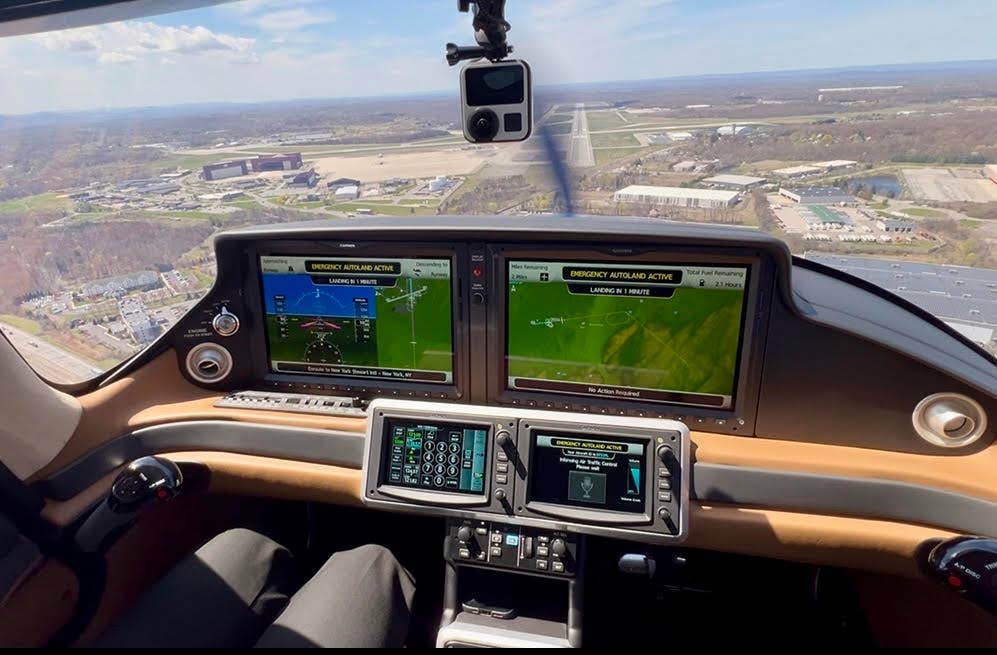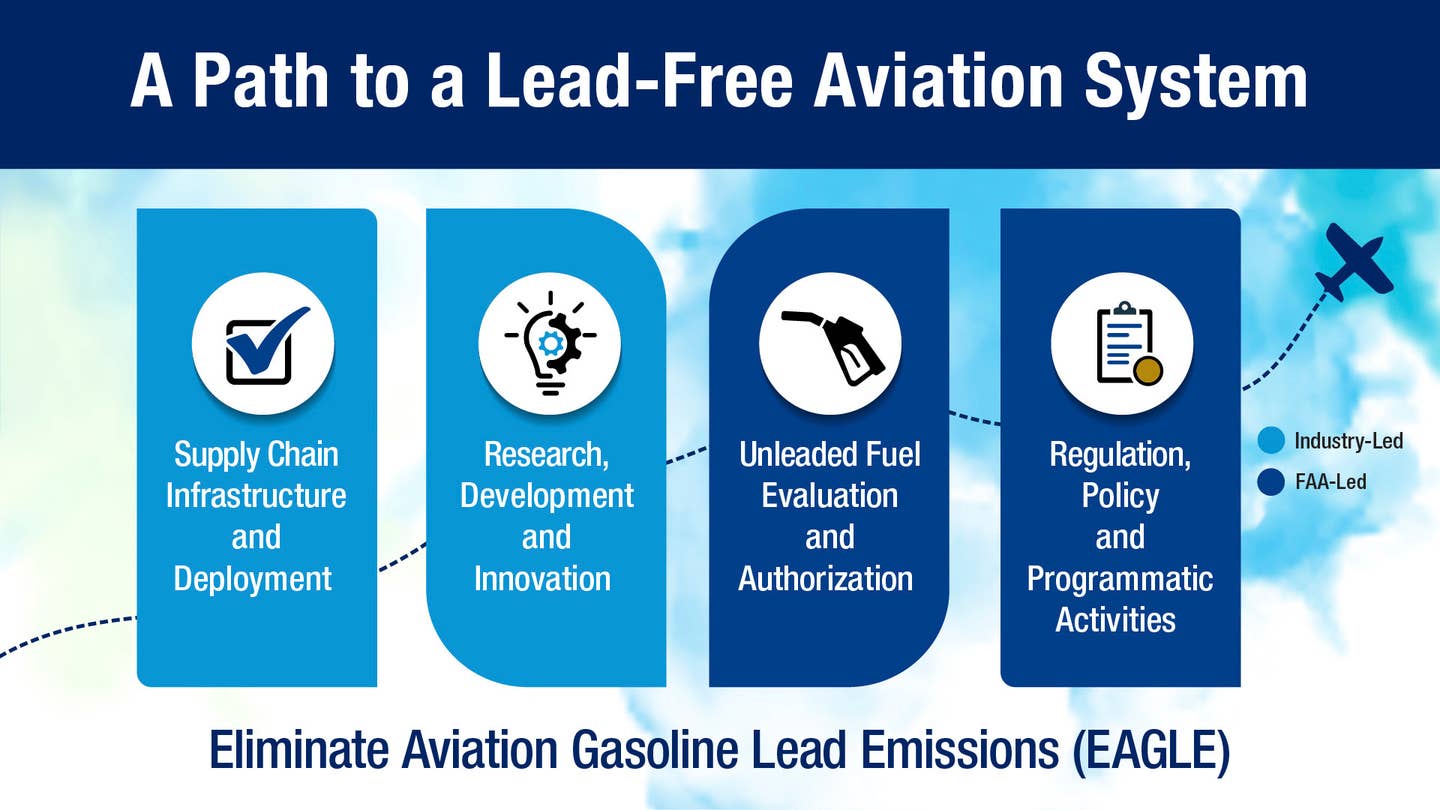Organizations Ask FAA To Clarify Flight Training Rules
The Aircraft Owners and Pilots Association (AOPA), Experimental Aircraft Association (EAA) and General Aviation Manufacturers Association (GAMA) have sent a joint letter to the FAA calling on the agency to…

The Aircraft Owners and Pilots Association (AOPA), Experimental Aircraft Association (EAA) and General Aviation Manufacturers Association (GAMA) have sent a joint letter to the FAA calling on the agency to clarify how a recent federal court ruling will affect compensated flight training. The ruling denied a petition to review an emergency cease-and-desist order issued by the FAA against Florida-based “vintage” flight school Warbird Adventures. The order stipulated that Warbird must stop providing paid flight instruction in its Curtiss P-40N because the aircraft “was not certified for that purpose.”
In denying the petition and upholding the cease-and-desist order, the court emphasized that 14 CFR §91.315 prohibits the use of limited category aircraft such as the P-40N for carrying people or property for compensation or hire. The judgment (PDF) further stated that using the aircraft for paid flight training qualified as flight for compensation since, in the court’s opinion, “When a student is learning to fly in an airplane, the student is “carr[ied] … And when the student is paying for the instruction, the student is being carried 'for compensation.'”
“AOPA is disappointed by this decision and its finding that when a flight student is paying for instruction, the student is being carried for compensation,” AOPA’s general counsel Justine Harrison said following the ruling. “This departs from the long-standing premise that the compensation a flight instructor receives for instruction is not compensation for piloting the aircraft, but rather is compensation for the instruction.”
“The judgment issued by the D.C. Circuit Court of Appeals on April 2, 2021 in Warbird Adventures, Inc. et al. v. Federal Aviation Administration has created significant confusion and concern in the aviation community regarding the impact of the decision on compensated flight training, in limited category aircraft and other categories of aircraft,” AOPA, EAA and GAMA wrote in the letter (PDF). “We therefore urge the FAA to expedite a direct and final statement of its position on the impact of the Court’s decision.”
As previously reported by AVweb, AOPA, EAA and GAMA, along with the National Association of Flight Instructors, the International Council of Air Shows and the North American Trainers Association, filed an amicus curiae (friend of the court) brief on the case last November. At the time of that filing, the organizations expressed concerns that broad language in the ruling could result in increased training restrictions, especially for owners of limited and experimental category aircraft. The FAA has not yet published a response to the letter, which was sent on April 19.






